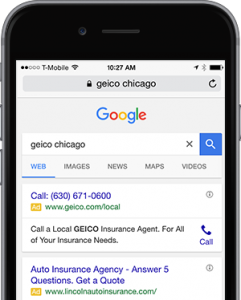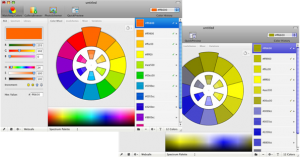Columnist Lewis Gersh looks at the innovative ways digitally native vertical brands are creating “tactile extensions” to further their reach.
The measurement “90 percent” seems to come up a lot in my writings. One reason is obvious: For all the sturm and drang surrounding digital, more than 90 percent of retail spend still occurs in stores.
Here’s another “90 percent” yardstick. I’d say the average brand now has about 90 percent of e-commerce figured out. By that I mean they have a seamless infrastructure — a site that looks professional, offers high-level security and is user-friendly and easy to navigate. And although that’s way beyond what most brands offered during e-commerce 1.0, or even the early stages of e-commerce 2.0, it’s just the minimum requirement for being taken seriously today.
That last 10 percent is the toughest
Being 90 percent of the way there isn’t nearly enough for a brand to establish itself as an innovator and e-commerce leader. The degree of difficulty increases logarithmically past that point, sort of like the increasing orders of magnitude on the Richter scale. So, the brands that are crushing it are the ones focused on mastering that last 10 percent — meaning they’ve moved beyond merely adapting traditional retail to a digital format and are blending elements of both to create exciting new consumer experiences. And of those, most are digitally native vertical brands. (I’ll refrain from saying the figure is 90 percent, although I’m tempted.)
The reason, again, is fairly obvious. The top digital natives, such as Wayfair, Boxed, Harry’s, Parachute and Warby Parker, were free to start with a blue-sky approach rather than being forced to retrofit digital tools to a model built around physical retail.
The irony is that one of the keys to achieving success as a digitally native vertical brand has been the ability to cross over into the physical realm. Pioneers in the field intuitively grasped that customer experience was a key differentiator — and many of those same pioneers now realize that customers no longer want an experience that is confined to a glowing box.
Here are three ways that digital natives are adding tactile extensions to their marketing repertoire.
Retail stores
Although Amazon is not a vertical — in fact, it’s about as horizontal as a brand can get at this point — it is nevertheless the most obvious example of a digital native expanding into physical retail. There are now 18 Amazon bookstores from coast to coast, as well as a trio of “Amazon 4-star” stores — not to mention Whole Foods, the acquisition of which gave Amazon yet another form of crossover marketing leverage.
Real estate research firm Green Street Advisors pegs the number of retail outlets that digitally native vertical brands have opened across the U.S. at more than 600, with Warby Parker alone closing in on 100. The eyewear e-tailer has made a successful transition to physical retail not only through sophisticated market research on where to build stores but also by making sure the retail experience complements their digital identity.
Pop-ups and other experiential initiatives
Still, the transition of a digital native like Warby Parker to a bricks-and-mortar retail outlet feels a little like the transition of an “indie” rock band to a mainstream act. The band starts selling self-released recordings and touring small clubs, where they win over trendsetters and influencers. Eventually, they reach a threshold of exposure that enables them to a sign a deal with a major label deal and starts headlining at large arenas. The band has “made it” — but they’ve lost some of that “indie” cache that first attracted the trendsetters and influencers.
Pop-up stores are more in line with that original, disruptive “indie rock” spirit of the digital natives. Birchbox, the subscription beauty brand, actually played the “indie band” part to the hilt with a U.S. tour of their popup store.
More recent envelope-pushers include MaisonMarche, which brings its popup stores into the home, and The Dreamery in Manhattan, where customers pay $25 for a 45-minute nap in a sleep pod outfitted by Casper the Friendly Online Mattress Startup.
Traditional media
Just as they’ve found that “old fashioned” brick-and-mortar locations can enhance their value by creating a tangible presence, many digital natives now recognize the benefit of traditional forms of tangible media. One website labeled billboards “the hottest advertising trend of 2018.” A recent Forbes article carried the headline “Direct Mail Still Works: How to Use Tech to Elevate Traditional Marketing.”
And Away, the luggage startup, has taken the concept of native advertising to a new level. Instead of purchasing content in a magazine, they’ve published a magazine (print and digital) of their own as well as a glossy, limited-edition travel book.
Amazon got into the game (of course!) this year with a toy catalog, which CNBC notes has “a distinct retro look.” What’s not retro, as CNBC also points out, is that “Readers can … scan the product images in the catalog with their Amazon App to get more information and add them to their [online] shopping cart.”
Like the top digitally native vertical brands, Amazon — the digitally native horizontal behemoth — has realized that success isn’t a zero-sum choice between e-commerce and physical retail, or between digital marketing and tangible advertising collateral. The true innovators are combining all of those elements into a package that is greater than the sum of its parts.
Opinions expressed in this article are those of the guest author and not necessarily Marketing Land. Staff authors are listed here.
Marketing Land – Internet Marketing News, Strategies & Tips
(72)
Report Post






